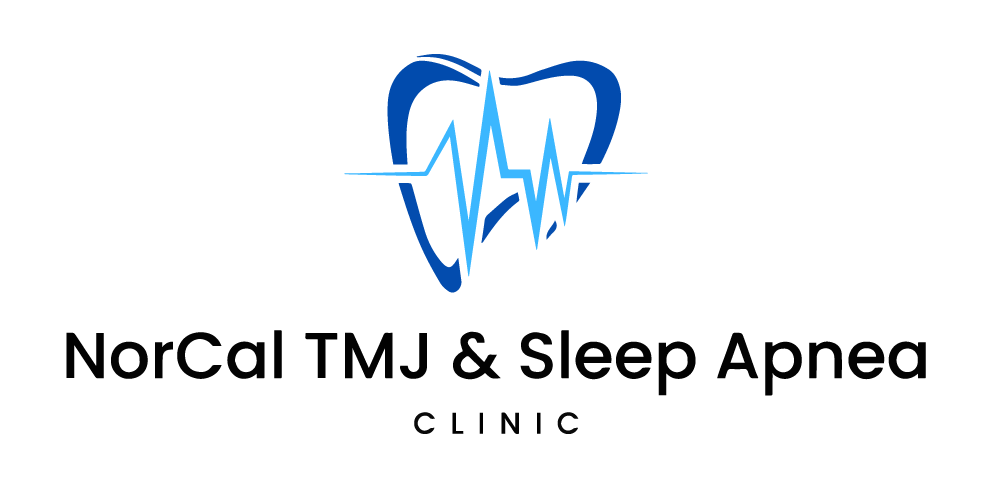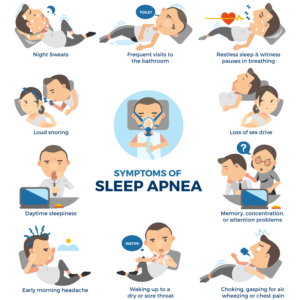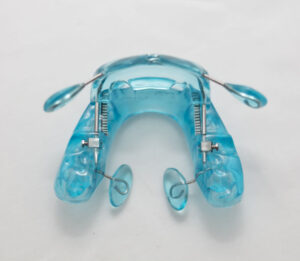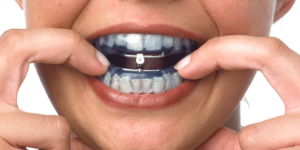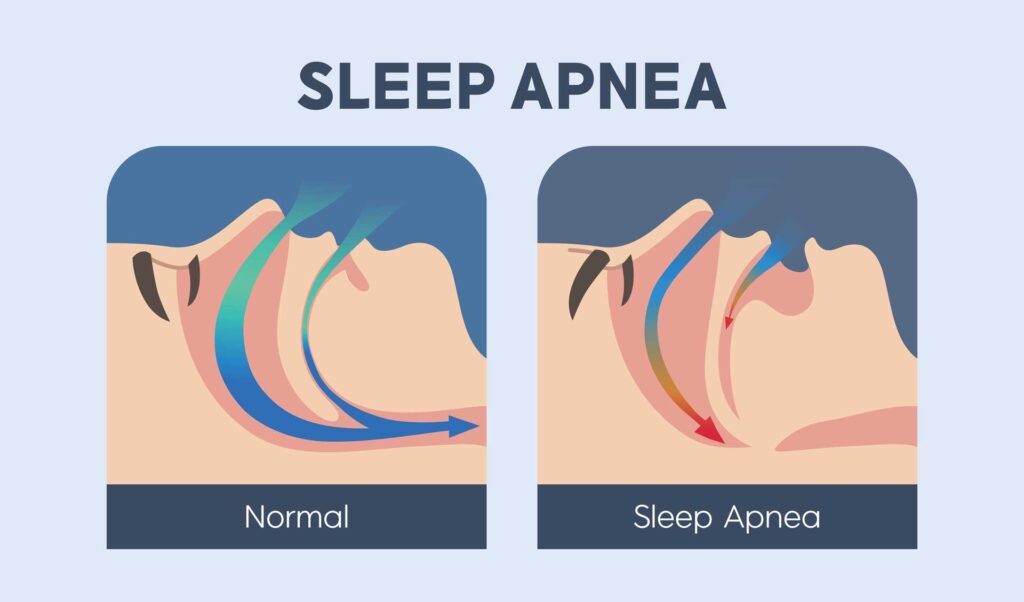
Understanding Sleep Apnea: Types, Symptoms, and Treatment Options
Sleep apnea syndrome is a condition that affects countless individuals, and its hallmark is the occurrence of a minimum of 5 events per hour, encompassing both hypopnea and apnea. Dr. Dina Hammouda, a distinguished dental specialist based in Northern California, has dedicated her practice to helping patients grapple with the challenges posed by sleep apnea.
To gain a deeper insight, it’s essential to comprehend the intricacies of hypopnea and apnea. Hypopnea refers to a scenario where there is a significant reduction in airflow, at least 30%, that persists for 10 seconds or longer, accompanied by a notable drop in oxygen levels of at least 4%. Conversely, apnea denotes a complete cessation of airflow for at least 10 seconds during sleep, coupled with a 4% or greater reduction in blood oxygen saturation.
When an apnea event takes place, and there is clear evidence that the chest muscles are diligently attempting to inhale but are obstructed, it falls under the category of obstructive sleep apnea. This obstruction often occurs in the region behind the base of the tongue, leading to the unsettling sensation of struggling to breathe.
In contrast, when there is no discernible effort from the chest muscles to breathe during an apnea event, it suggests a lack of effort rather than an obstruction. This specific condition is termed central sleep apnea, as it originates from the brain’s respiratory center failing to signal the chest muscles to breathe during sleep, resulting in the disconcerting feeling of not breathing.
Understanding these two distinct types of apneas is crucial, as it aids in distinguishing between obstructive sleep apnea syndrome and central sleep apnea syndrome.
Symptoms of sleep apnea can manifest in various ways, including:
- Loud snoring.
- Pauses in breathing during sleep.
- Choking or gasping for air during sleep.
- Restless sleep.
- Morning headaches.
- Excessive daytime sleepiness.
- Difficulty concentrating.
- Irritability.
- Depression.
- Frequent urination at night.
When it comes to treatments, there are several options available. These encompass surgical methods, CPAP (Continuous Positive Airway Pressure) therapy, and oral appliance therapy (OAT). A dental specialist, such as Dr. Hammouda, can skillfully craft a OAT tailored to an individual’s specific needs. If there is a suspicion of suffering from sleep apnea, it is advisable to undergo a sleep study to secure an accurate diagnosis and determine the most suitable treatment plan.
